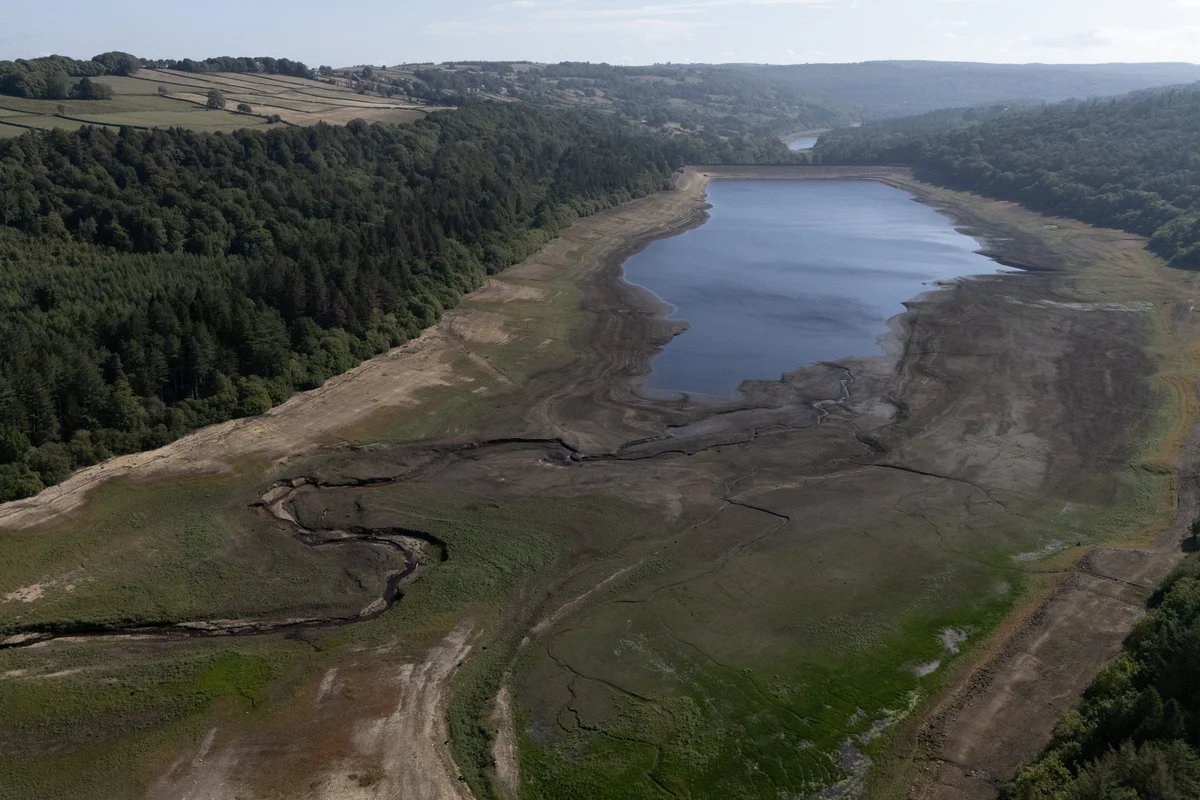By Richard Youle
Copyright walesonline

Leaders in Carmarthenshire pledged to keep cutting the council’s carbon emissions and took a swipe at politicians who denied climate change was happening. The council is on a path to reduce its carbon emissions by around 80% in four key areas by 2030. It could eliminate the remainder, said a cabinet report, by planting trees and potentially developing solar projects. The report said carbon emissions generated by heating schools and other council buildings and those produced by fleet mileage, staff business mileage and street lighting were 37% less in 2023-24 than they were in 2016-17. The drop has been achieved by rolling out energy efficiency measures, cutting business mileage and phasing in electric vehicles among other things. It’s also the result of a growing proportion of renewable electricity in the national grid. Cabinet members said this was the right path to go down despite comments made by “populist politicians”. Carmarthenshire councillors declared a climate emergency in 2019 and agreed that 2016-17 would be the baseline year in terms of measuring emissions. The target was to reach a “net zero” position by 2030. Net zero means not adding to existing emissions by reducing those you currently generate and then eliminating the remainder. Stay informed on Carms news by signing up to our newsletter here Cllr Aled Vaughan Owen, cabinet member for climate change, decarbonisation and sustainability, said the authority could take pride in the 37% emissions cut but that more needed to be done. He said the council “must not waver” as the work was about protecting livelihoods and inspiring young people not just achieving a target. He said: “The question is, when future generations look back will they say, ‘When you knew so much why did you do so little?'” Or would they recognise, he said, that Carmarthenshire had chosen a different path. Cllr Alun Lenny, cabinet member for resources, said the council was determined to continue the progress made. “It’s important, it’s crucial that we listen (to) and respect the science and not yield to populist politicians who are denying that climate change is happening and are not doing anything about it,” he said. The Plaid and Independent-led council’s net zero plan is currently expected to cost just over £133 million and will require various sources of funding. However, the report said a chunk of this sum wouldn’t actually be additional money. “For example, when a fossil fuel powered boiler needs replacing it will not be replaced like-for-like, but with a low-emissions equivalent, like an air source heat pump,” it said. The report described the minimum 80% emissions target by 2030 as pragmatic and proportionate. The biggest contribution to the council’s emissions is heating and lighting buildings. One way of reducing them, from the council’s ledger at least, is selling buildings. The authority is considering 11 such disposals by 2030. The second largest source of council emissions is all the refuse lorries, vans and other vehicles in its fleet. Replacing 10% of these vehicles with electric ones by 2030, said the report, would slash fleet emissions by 22% compared to 2023-24 levels. Fleet mileage fell during the Covid pandemic to just over 4.2 million miles but has surged since to over 5.4 million miles in 2023-24 – 7% higher than in 2016-17. Looking at the county as a whole, the report said agriculture and land use accounted for 49% of emissions in Carmarthenshire followed by the domestic (19%) and commercial and industrial sectors (13%). This was based on UK Government data from 2019. “However, it must be noted that although agriculture is one of the biggest emitters in the county it also has the greatest potential to help mitigate and adapt to climate change,” said the cabinet report. Councils in Wales, meanwhile, have mandatory biodiversity duties under the Environment (Wales) Act 2016. Some local authorities like Carmarthenshire have also made nature emergency declarations, and Carmarthenshire Council plans to increase tree cover on its land from 12% to 17% among other measures.



